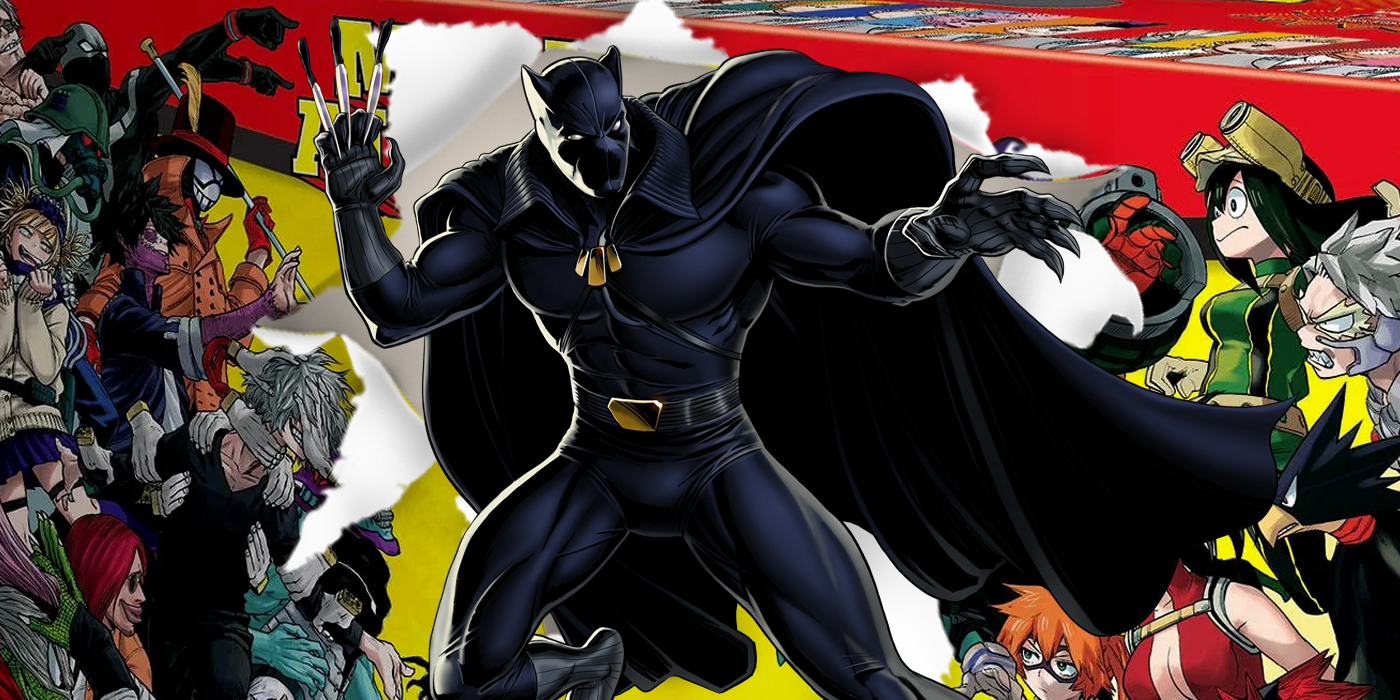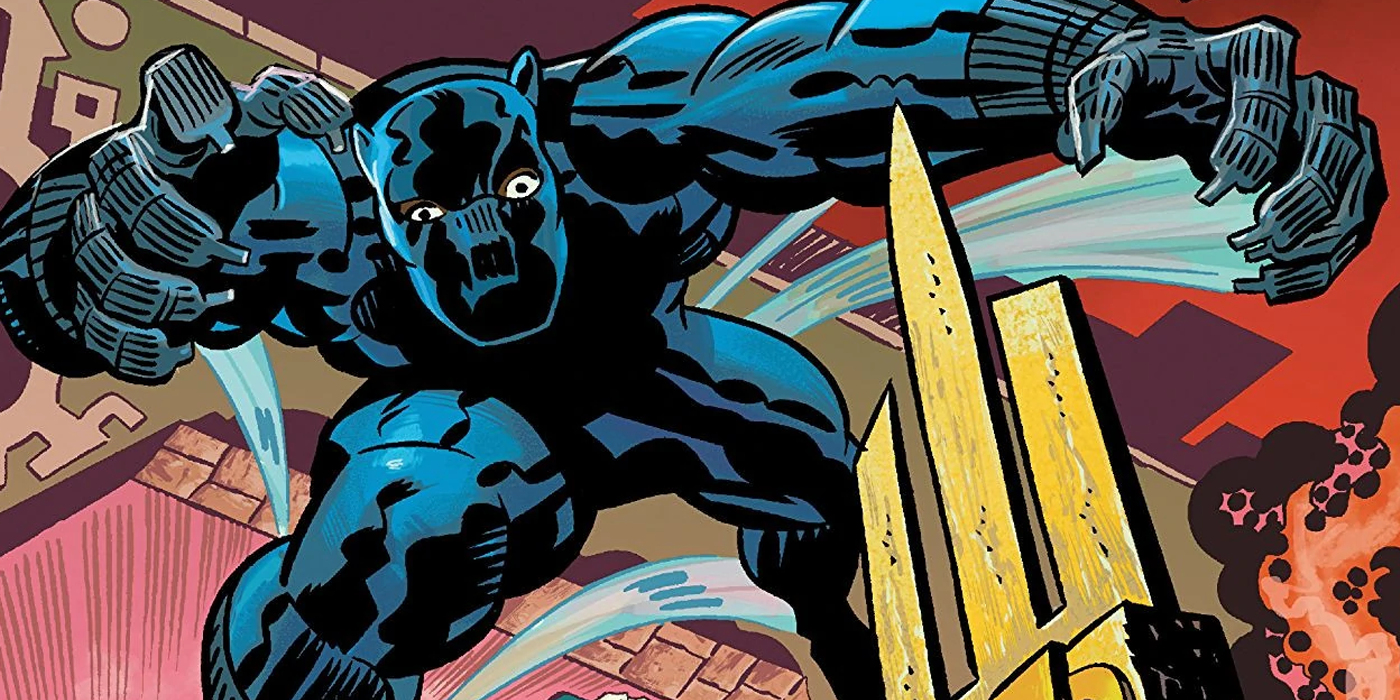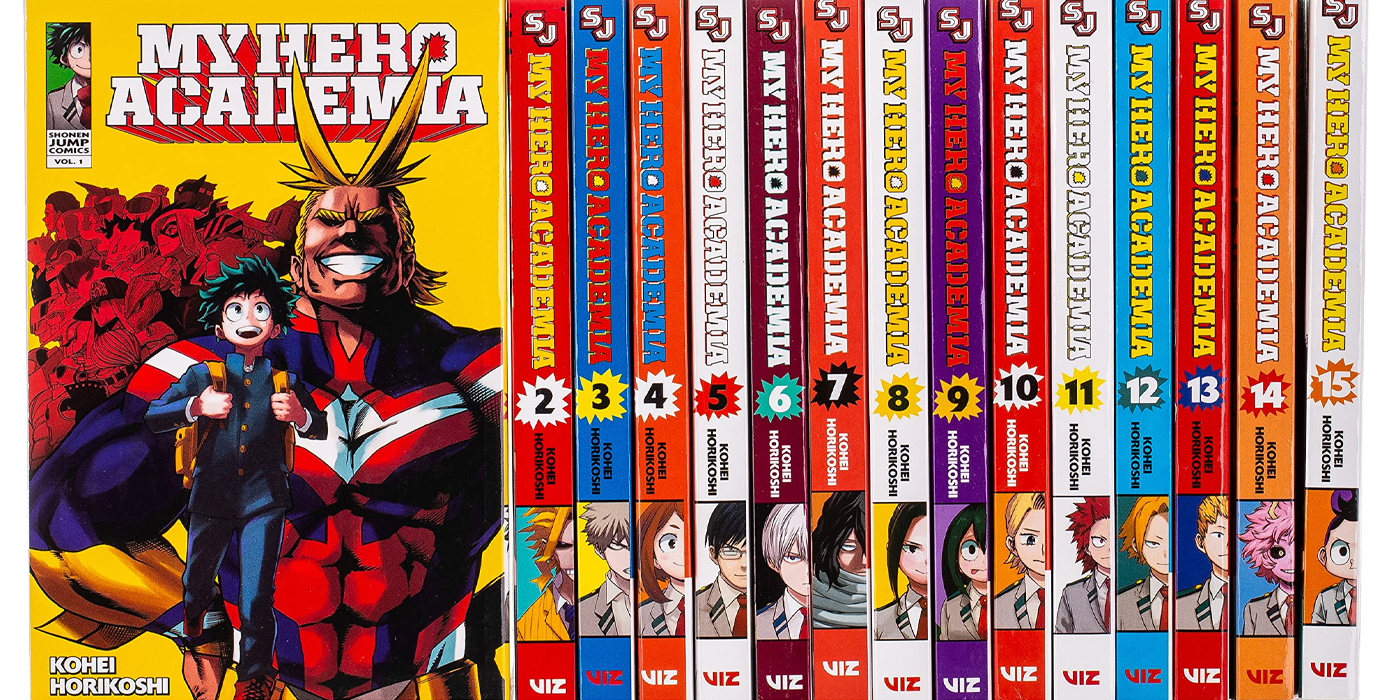I don't normally engage in the Western Comics vs Manga debate because I firmly believe it's an apples-and-oranges sort of discussion. For one thing, Manga has the full cultural backing of an entire nation with decades of support behind it, and Western comic books are still recovering from the antics of one opportunistic psychiatrist from the '50s. That said, there's at least one lesson Western Comics should be learning from Manga's success both domestically and abroad, and that's in its publishing of collections.
By and large, Marvel and DC do a lousy job of making their runs available to the masses. There are exceptions, but they carry their own set of issues. Looking back over the last fifteen to twenty years of publishing collections, one can reasonably follow a single writer's stint on a character. However, there are a lot of stipulations attached, including character and creator popularity, the length of the run, the relevance of that character in relation to media like film or TV adaptations, etc. Epic Collections and Omnibuses do their part in bridging the gap. But those options can be prohibitively expensive for many fans. Aftermarket prices on those Marvel Epic Collections, which enjoy a brief print run only to quickly dry up and are rarely reprinted, tend to be just as exorbitant. Trade paperbacks and reprints should not cost speculator market prices due to a lack of availability.
If you wanted to read every issue of Black Panther, you might think of picking up a book called Black Panther: The Complete Collection. However, in addition to being three volumes, that collection only actually covers Christopher Priest's 1998 run. What you'd actually want are the Epic Collections, each with its own unique title. So if you'd like to start with the first Black Panther comics, pick up Black Panther Epic Collection: Panther's Rage. And before you feel lost, don't worry -- the volume number is printed on the lower corner of the rear cover and the book's spine. Then you move on to Black Panther Epic Collection: Revenge of the Black Panther, followed by Black Panther Epic Collection: Panther's Prey. And that does it for Epic Collections, so now what follows is the hunt for mismatched collections that have been printed over the last decade, none of which clearly articulate its place in the character's ongoing saga.
At least DC has a bit of an understanding of what people want, but only when it comes to high-profile creators. Even then, it's not without its flaws. For instance, let's say you want to read the whole of Grant Morrison's run on JLA. You can pick up JLA: The Deluxe Edition volumes 1-4, which also includes the separate JLA Earth-2 story. Or you could get the old prints of JLA volumes 1-6, but you'll have to pick up JLA Earth-2 separately. Or you could just get the whole damn thing for a hundred bucks in the JLA by Grant Morrison Omnibus, which does include the JLA Earth-2 volume. But none of those collections do a good job of telling you where the story continues from there. Or what came before. You'll have to do your own research. Which, as a new reader who just wants to enjoy a couple of stories about Superman and Batman, is exactly how you'll want to spend your time. Hell, you might find a few minutes to actually read these things! In contrast, if I wanted to read the whole of My Hero Academia, the journey begins and ends at one bookseller. Whether that's Barnes and Noble, Books-A-Million, or Amazon, I pick up Volumes 1-36, and I'm done.
And yes, it's a little unfair to compare the print run of a series with one creator to a character's fifty-year history, which includes at least half a dozen different creative teams. Companies like Image and Boom! have done a fantastic job presenting their series in clear detail with little-to-no confusion. If you'd like to read Invincible or Once and Future, there's virtually nothing to stop you. But with Marvel and DC dominating the Western Comics market, effectively billing themselves as leaders in said market, it behooves them to take up the reigns and lead by example.
New readers (or readers seduced by Manga's accessibility) aren't reading articles on CBR right now. They haven't painstakingly researched the print run of a character or the difference between Marvel Masterworks, Marvel's Epic Collections, and the recent Penguin Marvel Classics Collections. They just want to read about the guy or gal in the movies. We take for granted the gymnastics and hoop-jumping required to read these stories in any kind of sequence. If we want the industry to survive and thrive as we know it truly can, we need to think more like those newcomers. We need to think about accessibility, about cost, and about eroding those barriers to entry that we circumvent daily.



